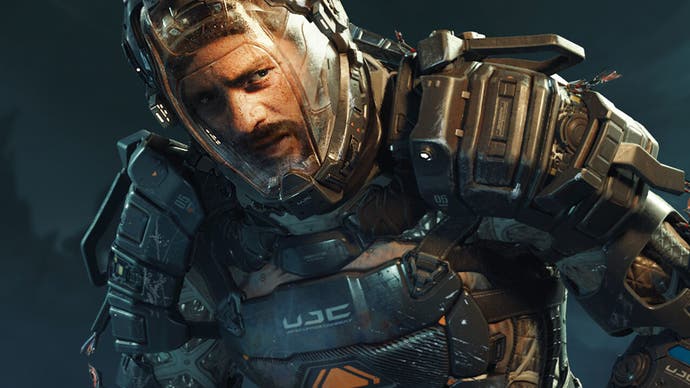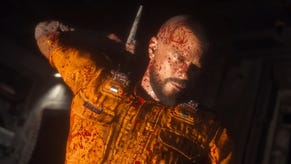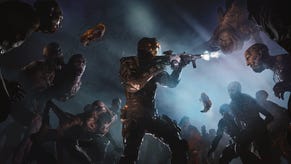The Callisto Protocol looks great on PlayStation 5, at least
A killer story-driven sci-fi horror game with cutting edge visual design.
What began as an endeavour to expand the world of PUBG: Battlegrounds has instead morphed into an original narrative-driven horror experience known as The Callisto Protocol. Crafted by Striking Distance Studios, home to veteran Dead Space developers, the game leads the charge back into the depths of sci-fi horror. With promises of intricately detailed visuals and authentic character rendering, The Callisto Protocol stands to deliver one of the most visually striking Unreal Engine games to date. We'll examine what makes it special, including its reliance on ray tracing and its 60fps performance mode, focusing on the PlayStation 5 version of the game.
Based on our testing, PS5 is most obviously the lead platform for development - it's been solid throughout the review period, while we've had a bunch of problems with Xbox Series and especially the PC versions of the game (the latter of which is essentially unplayable right now). We'll be talking about the various issues on other systems in a separate article, but to see Striking Distance's vision best realised, it's PS5 that's the best place to play for now.
The Callisto Project was created with one of the final iterations of Unreal Engine 4 and with access to a full motion capture studio - and this game makes full use of both in its stand-out character rendering, with a cast rich with Hollywood talent. Performance and motion capture help bring these characters to life, but what separates Callisto is the fidelity with which these characters are presented in-engine.
Skin, hair and eye rendering are hauntingly lifelike, while clothing material perfectly suits each character. Sub-surface scattering is used to more accurately simulate the penetration of light across the skin, while beads of sweat help convey the tension of each moment. The characters all manage to feel grounded within the world too, a testament to the lighting team, with minimal specular glow as is common in many Unreal Engine titles today. This leads to one of the best examples of real-time character rendering you'll find in a modern video game - not quite on par with the The Matrix Awakens demo, but it's close.
These details are preserved well in gameplay too, backed up by armor and equipment that exhibit unbelievable depthn and detail - even zooming all the way into Jacob's high-tech ensemble, each chunk of his multi-segment armor delivers rounded edges, realistic material response and precise shadow work. All this works in tandem to create something that feels suitably 'next gen'. The environmental detail is also impressive, with a range of locations that boast a staggering volume of hand-crafted geometric detail, evident in every pipe, panel and structure.
This is an UE4 game, so its use of physically-based rendering and other techniques for displaying world objects is nothing new per se - anyone using Unreal can access these features. The key here is artist implementation, the tangible quality of the individual materials that are used to create these exceptionally impressive environments. There's a lot of motion in the environment too, from powerful snowstorms to large-diameter fans that gently tug the camera. These fans highlight another detail too: the use of motion blur with a slow shutter speed. The game relies heavily on motion blur to accentuate animation, and I think looks fantastic. It's just as effective using performance mode as it is in quality mode too - something many games often get wrong.
Altogether, the artists and tech team have crafted one of the absolute best-looking Unreal Engine games to date. It represents a mastery of technology and art that shines brightly.
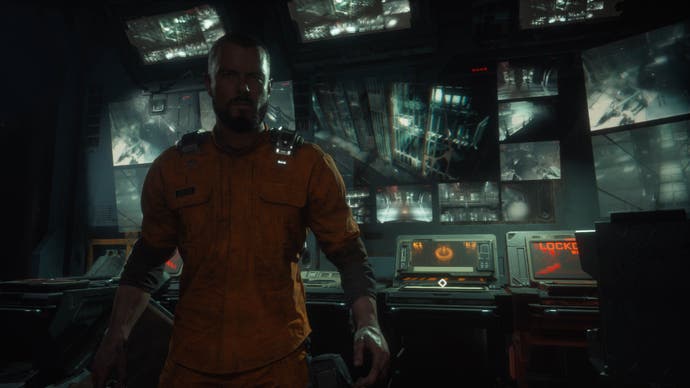
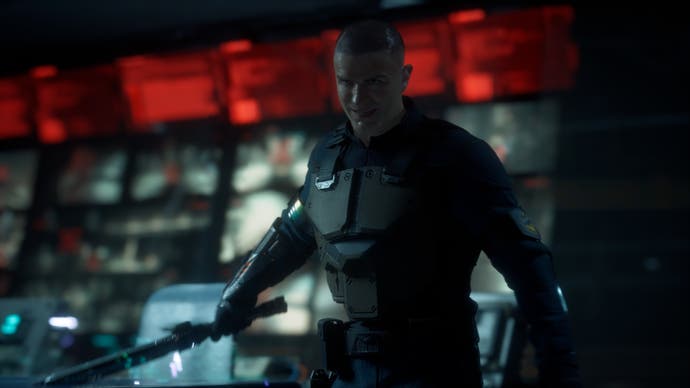
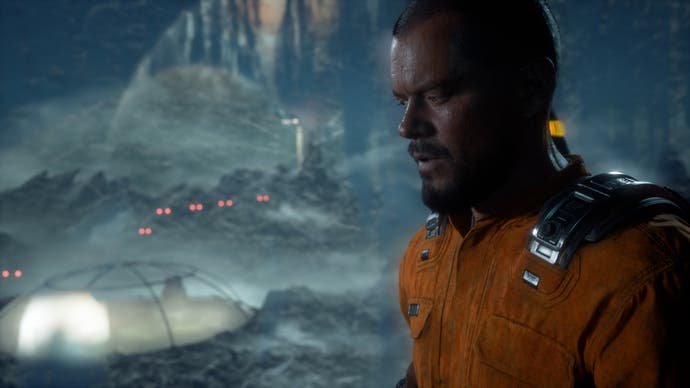
Even with this high level of detail, level design remains surprisingly legible throughout, with objective markers eschewed for more subtle environmental cues from lighting and scene design that highlight potential avenues of exploration or escape. This feeling of learning the map layouts, finding useful items to augment the already scarce resources and discover the way forward is satisfying. It's also a tremendous achievement that requires very careful design to avoid frustrating players while presenting a visually exciting environment.
The animation is another area worthy of praise, with main character Jacob having a real sense of heft while moving through the world, something that extends to the meaty and satisfying melee combat. Jacob bobs and weaves like a hungry boxer dodging enemy attacks before winding up for a deadly strike to the torso. Firearms aren't forgotten either, with enemies exhibiting per limb animation as well reacting to each hit with the expected stumble. It provides the feedback necessary for satisfying gunplay. Everything from locomotion, melee combat, firearm combat and beyond all feel excellent.
Another key ingredient in the visual design of Callisto, stems from its reliance on hardware-accelerated ray tracing. In the game's quality mode, you get a combination of ray-traced reflections and hybrid shadows that combine traditional rasterized shadow maps with ray-traced fine shadow detail. There's also ray-traced transmission, a feature applied to the translucent skin of your enemies which, in combination with reflections, creates frighteningly realistic flesh - you can see the veins and other intricate details through the surface.
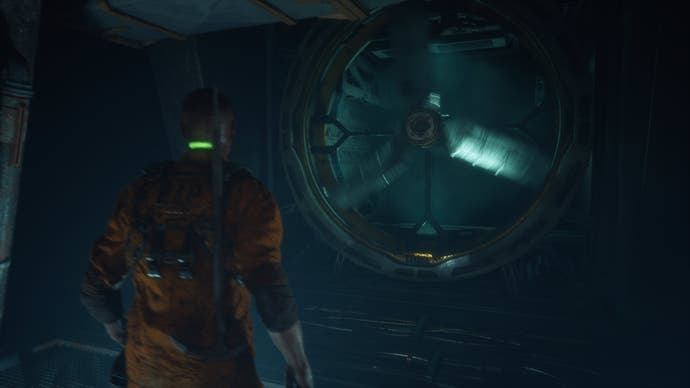
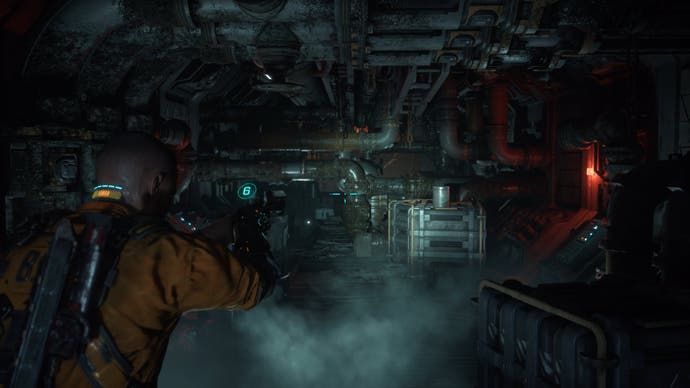
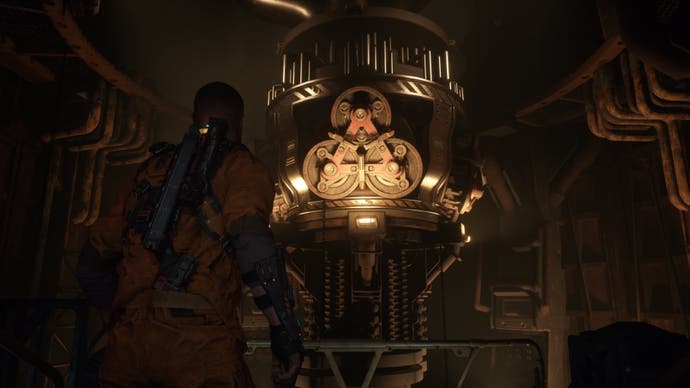
Console games featuring multiple RT features are few and far between, so delivering reflections, shadows and transmission while maintaining a relatively high resolution is impressive. The question is - are these features visually impressive enough to warrant playing at 30fps?
In my mind - absolutely yes. RT reflections apply to a wide range of materials, rather than just shiny glass, so many scenes look more accurate and cohesive as a result. RT shadows better ground characters and objects in the world and enhance fine detail, with a huge number of shadow-casting lights active at once. While the game does look great in the 60fps performance mode too, I feel that this is one instance where 30fps becomes an acceptable sacrifice in favour of visual fidelity. Not everyone will agree, of course, which is why options like this are so crucial. Again, we'll go into this in our separate article on how the game has issues on other platforms, but there are no RT reflections on Series X for reasons we can't quite fathom.
I think we've established that The Callisto Protocol looks fantastic - the cast of characters are lovingly realised, the disgusting creatures you face off against are revoltingly detailed and the environments are stunning. So with this game pushing so much technology then, how does it look and run on PS5?
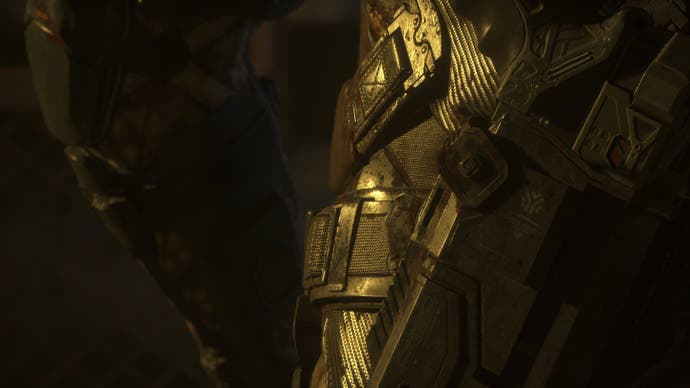
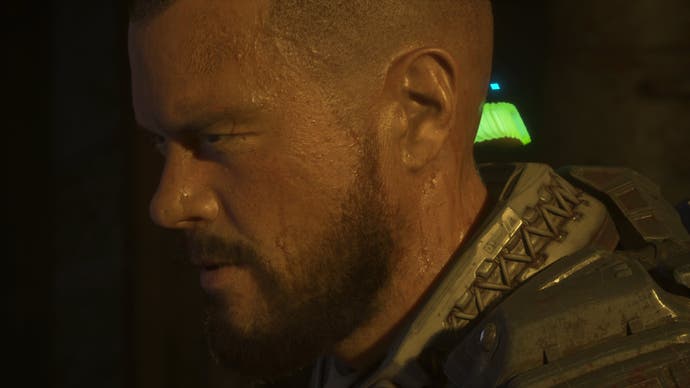
As we alluded to before, users of the premium consoles can choose between the default 30fps quality mode and a 60fps performance mode. In order to get that doubled frame-rate, performance mode disables RT and reduces the resolution of some effects. Dynamic resolution scaling is used too, with pixel counts between 1440p and 1728p being the most common. It seems highly variable but Unreal's temporal upsampling helps clean up the final image and it looks sharp in each mode on a 4K display.
In performance mode, PS5 and Series X exhibit minor inconsistencies in frame delivery that are well-handled by VRR displays but can detract from the fluidity the game is aiming for. Performance drops below 60fps are also possible, but tend to be restricted to specific areas. Given how demanding the game seems to be, I'm not surprised by these hiccups in performance, and the game still feels smooth overall, making the performance mode a good way to enjoy Callisto.
The quality mode is, by and large, stable on PS5. I played through the entire game using this mode and, outside a handful of heavier areas, the frame-rate remained steady. That said, both quality and performance modes exhibit stutters from time to time, so it's not a completely perfect experience. Finally, it's worth mentioning a few extra details. Loading times are excellent on PS5, with among the shortest waits I've ever experienced in a UE game - it's nearly instant.
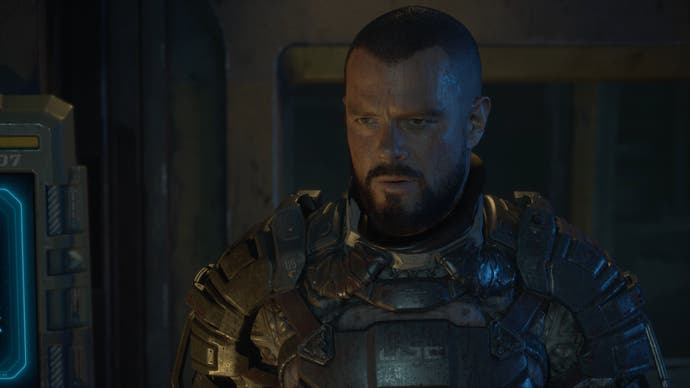
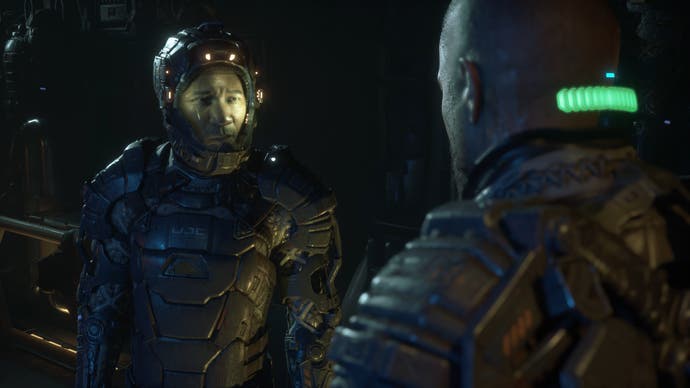
The audio absolutely deserves a mention too. Horror games live and die by their soundscape and Striking Distance has done a phenomenal job with the sound design. Sound effects are suitably crunchy, dialogue is crisp and it makes remarkable use of rear audio channels in a surround sound setup - something you really can't take for granted any more. Positional audio helps tremendously when it comes to pinpointing the location of enemies and adds a lot to the immersion. The game also makes great use of 3D audio with headphones on PS5.
Finally, The Callisto Protocol is one of the first third party releases to fully nail haptic feedback on PS5. It's a feature that impressed me at launch but something that hasn't really grabbed my attention since. In this case, however, the DualSense effects are truly outstanding.
Beyond the technical side of things, the game design here is also fascinating. The Dead Space comparisons are inevitable but in actuality, this is a very different game. Callisto is built primarily around its melee combat, with firearms becoming increasingly valuable and critical as the game progresses. In addition, you have the option to stealth kill enemies, not unlike The Last of Us, and use an anti-gravity glove to snatch foes and fling them into moving objects. Balancing the use of your tools is critical - when outnumbered and low on supplies, finding ways to draw enemies into danger is important as is knowing when to shoot and when to batter with your club.
While the game is fairly linear in design, areas are still reasonably large with branching paths. The gameplay loop then involves searching for supplies while figuring out how to proceed, all while dealing with increasingly hostile situations. You can upgrade your gear to get an edge but this game pulls no punches - it's challenging in a good way. Furthermore, the game does a good job slowly rolling out new weapons, enemy types of scenery - it keeps the gameplay feeling fresh many hours into the game - more so than Dead Space, I'd argue.
Walking away from The Callisto Protocol, I feel that developer Striking Distance has delivered exactly what I had hoped for - a killer story-driven sci-fi horror game with cutting-edge visual design. It's a darn fine experience and one of my favorite games of 2022.
